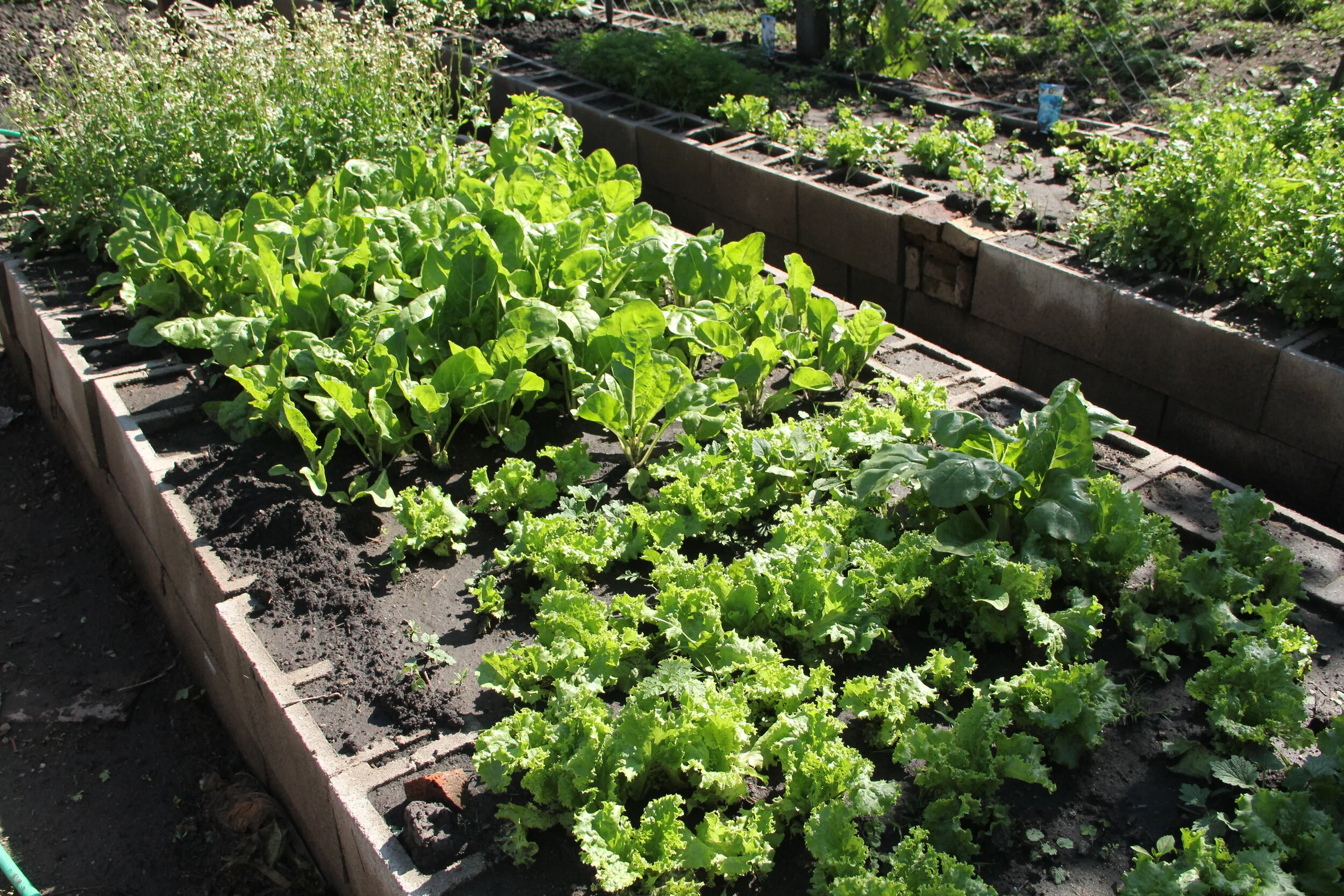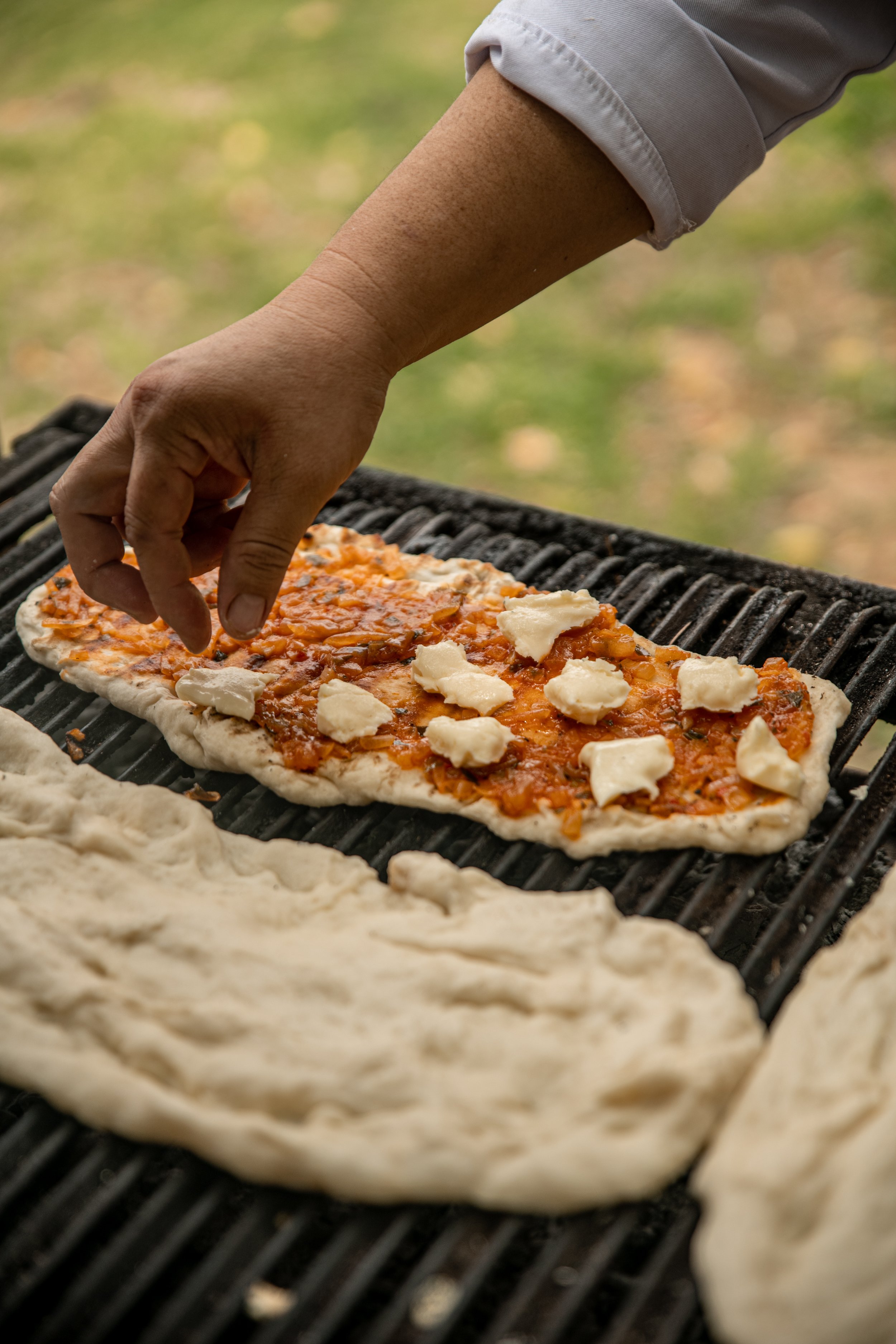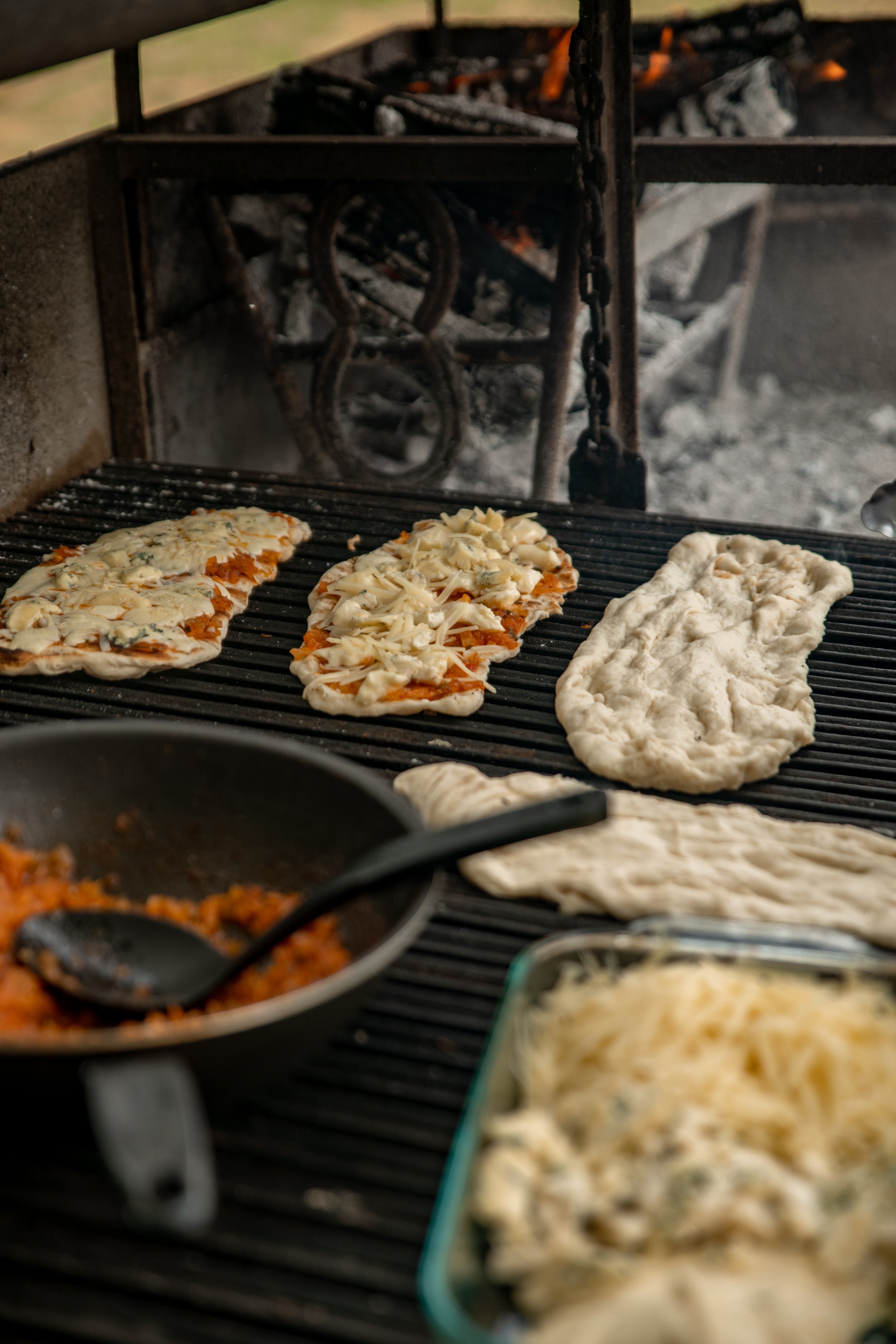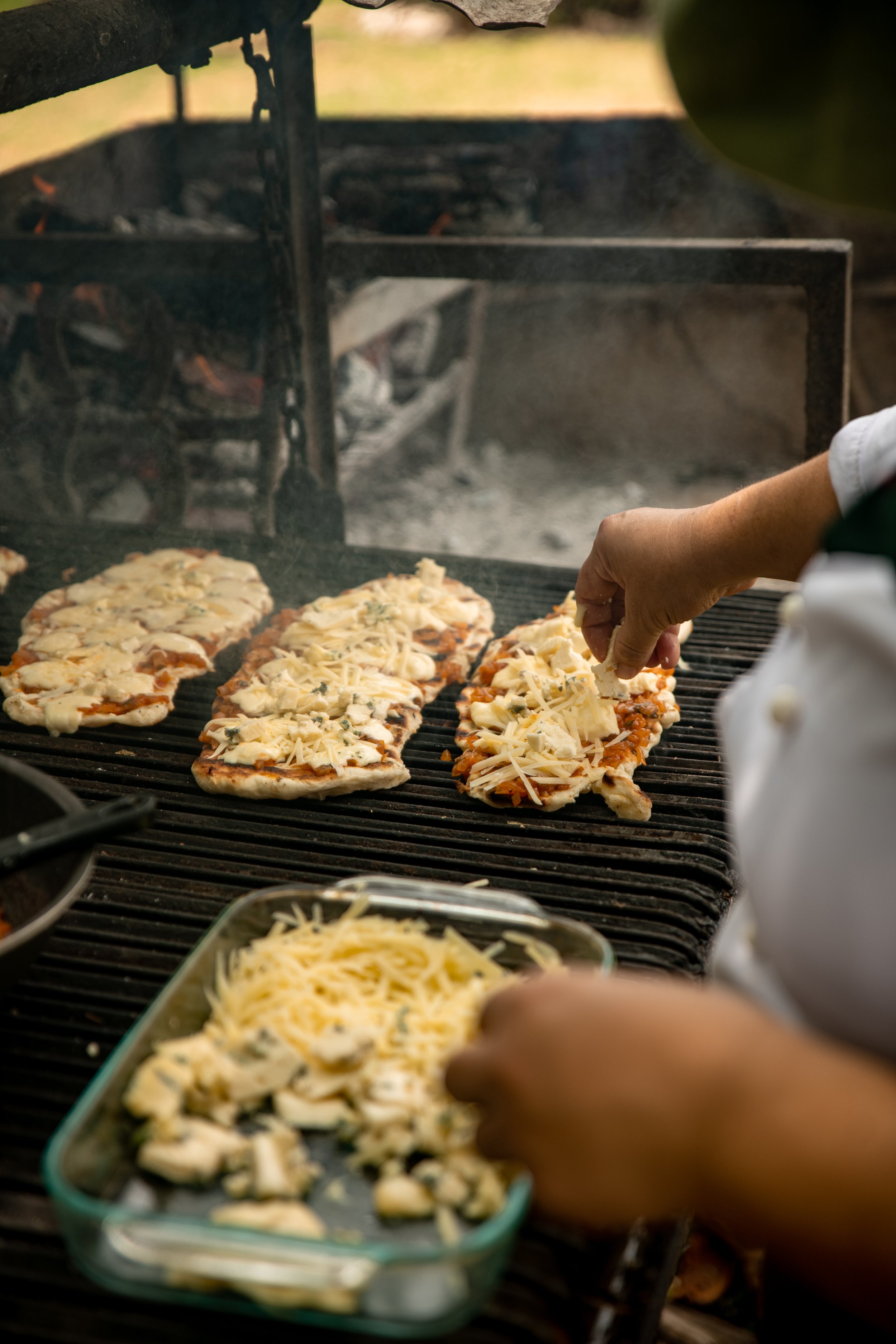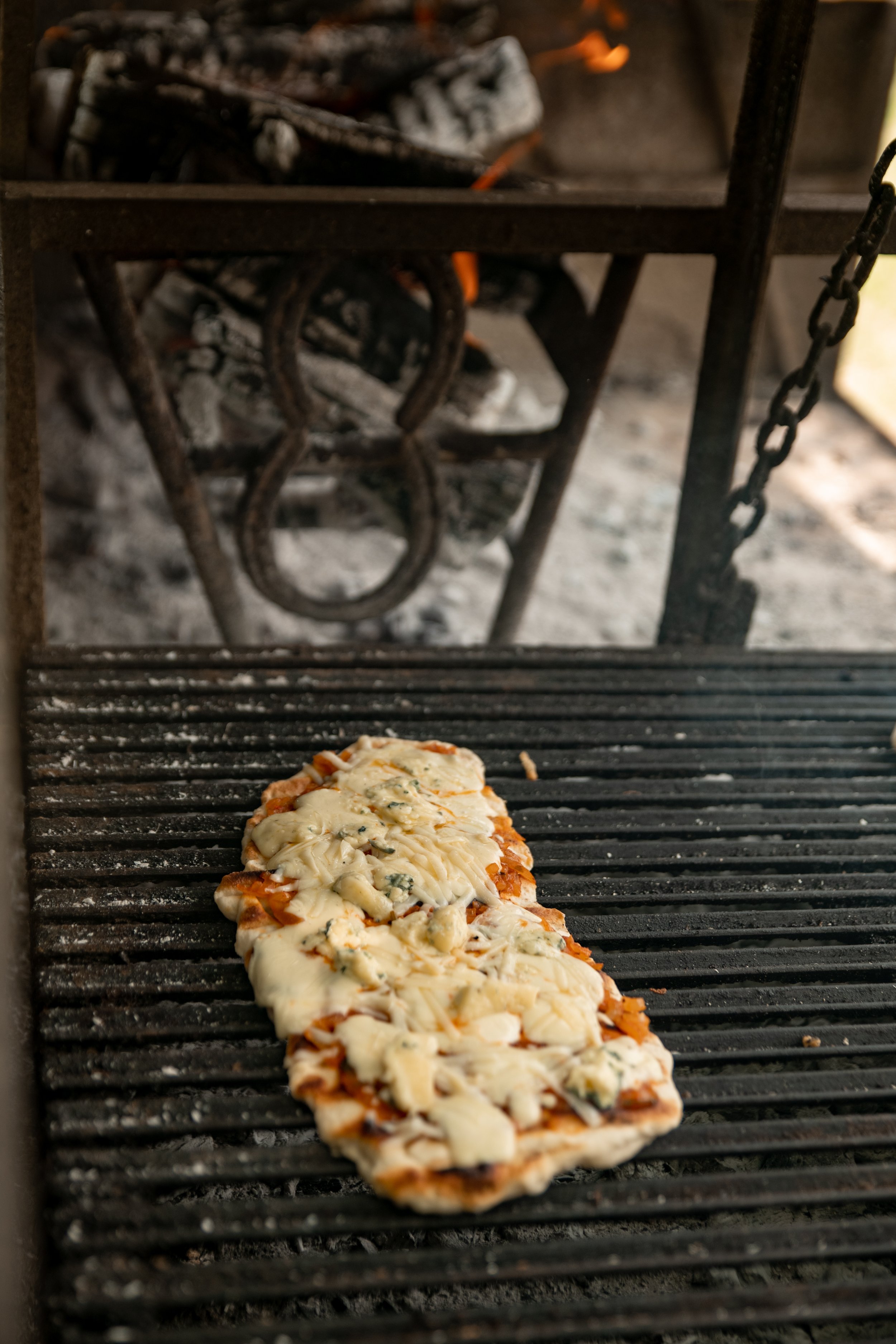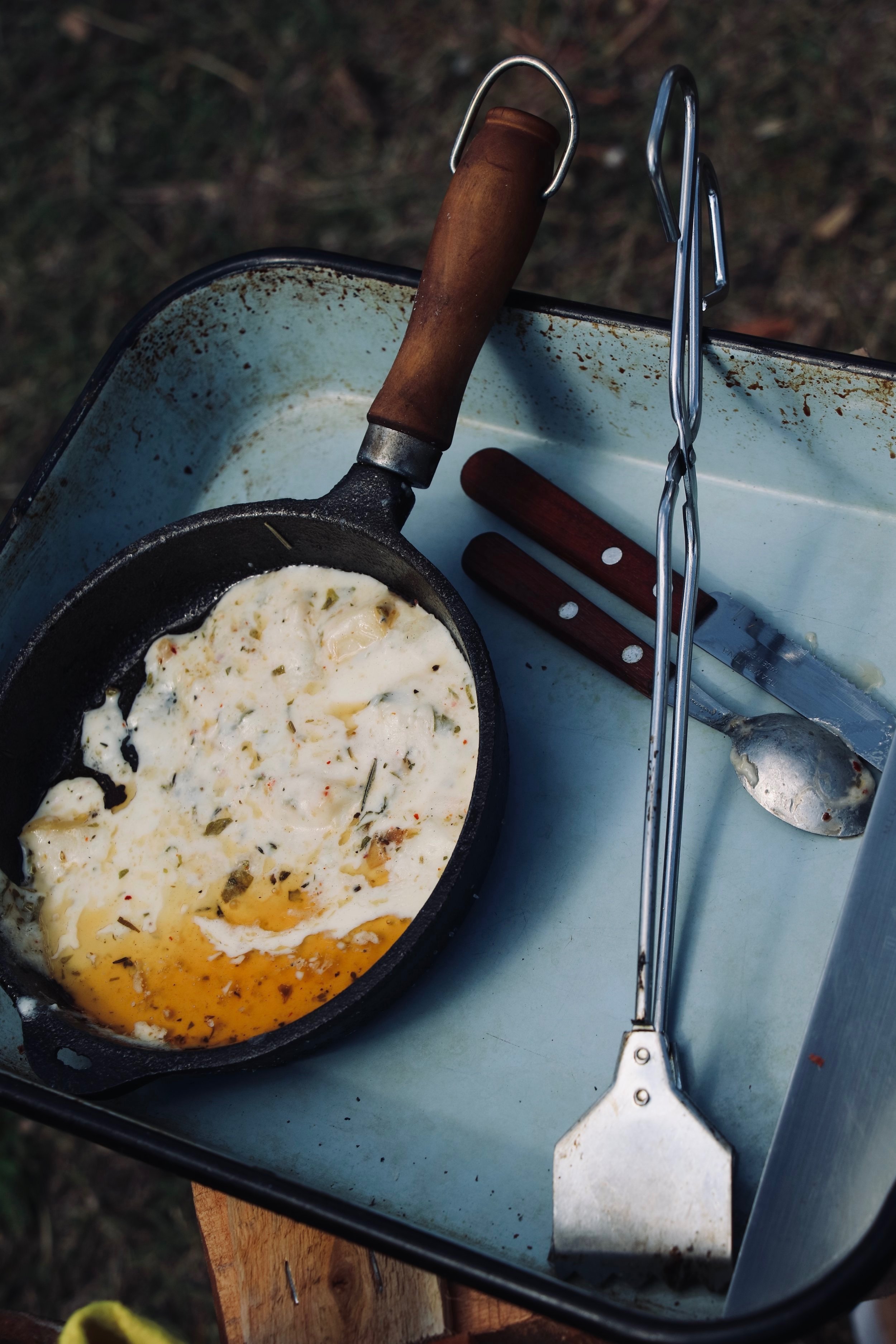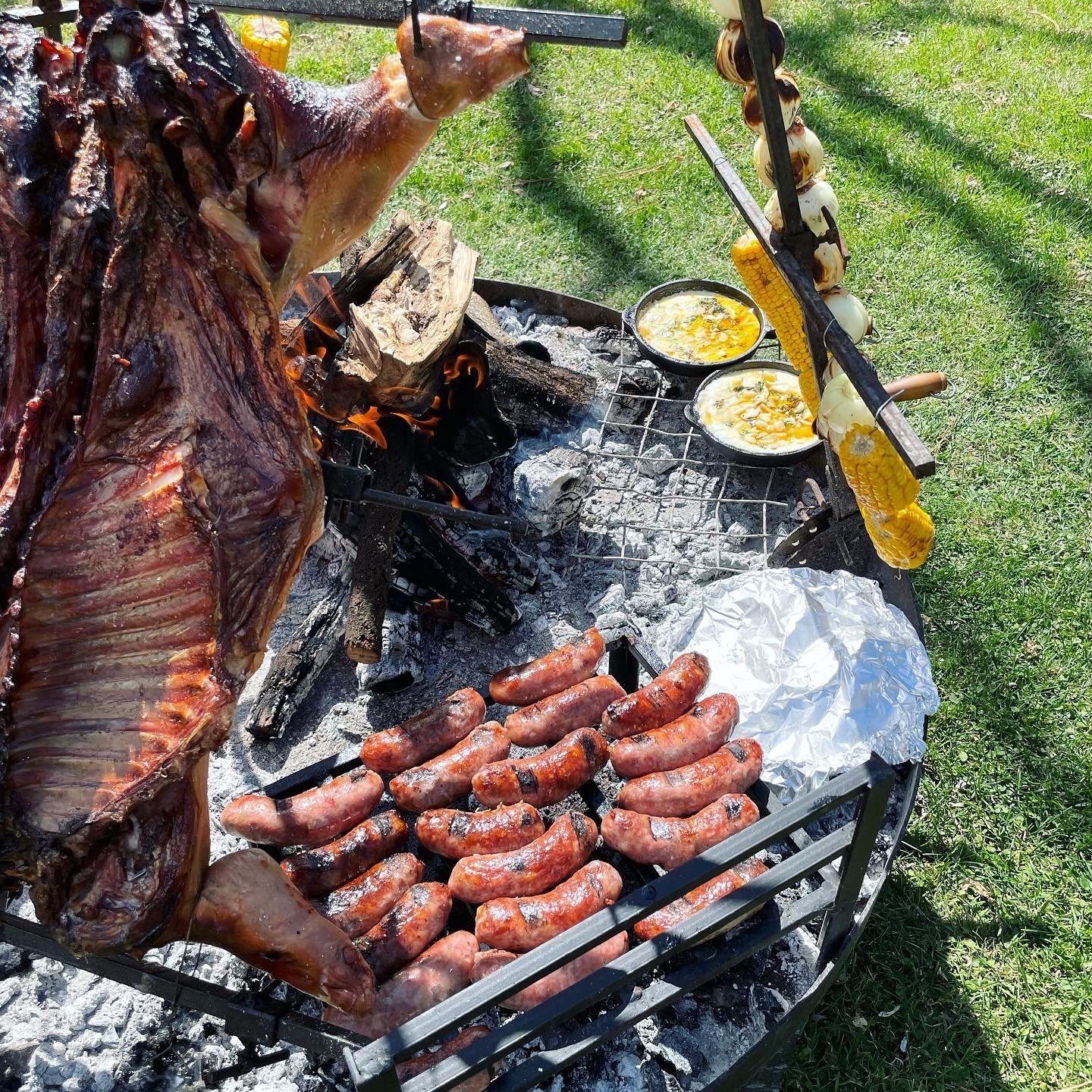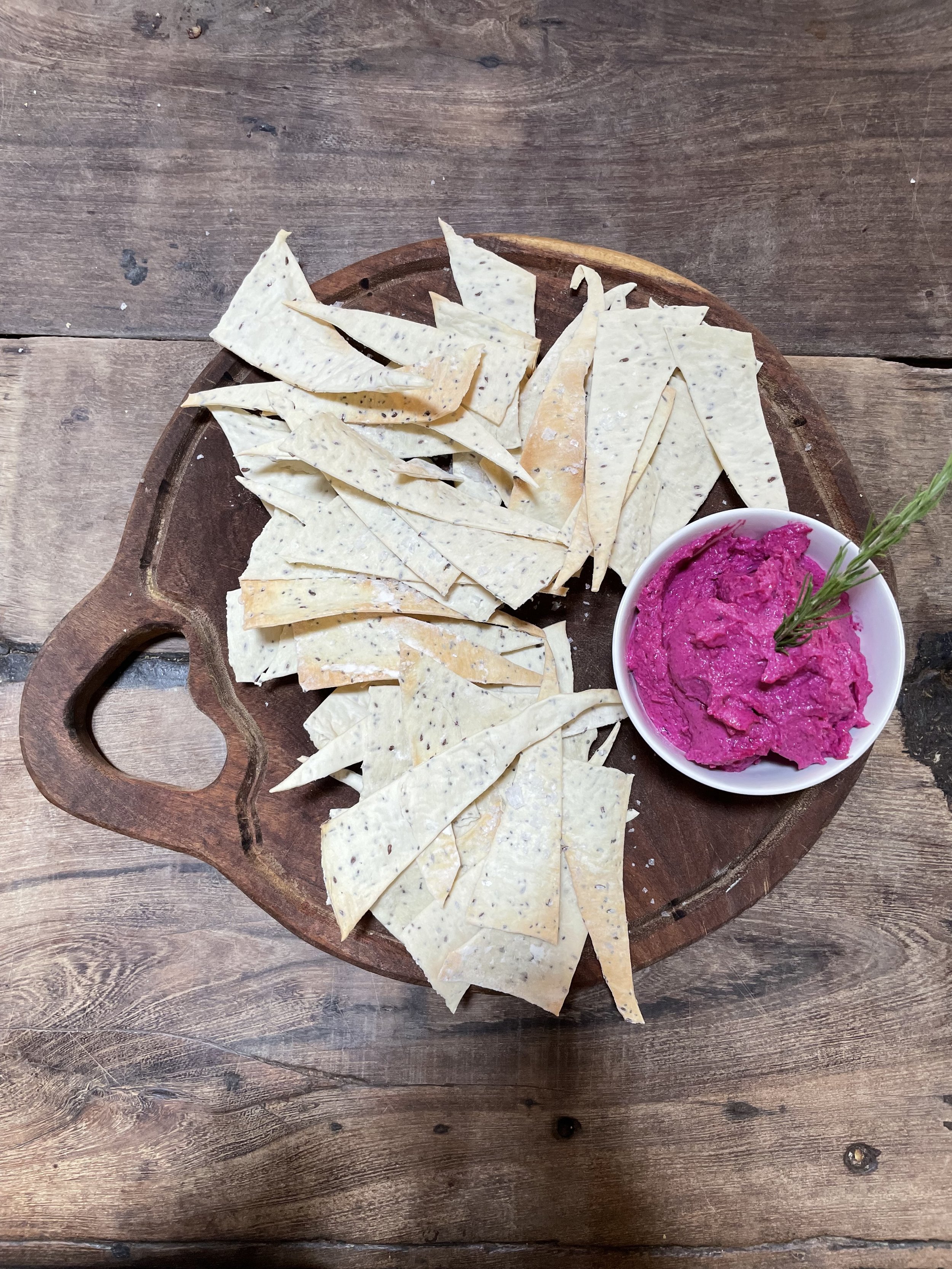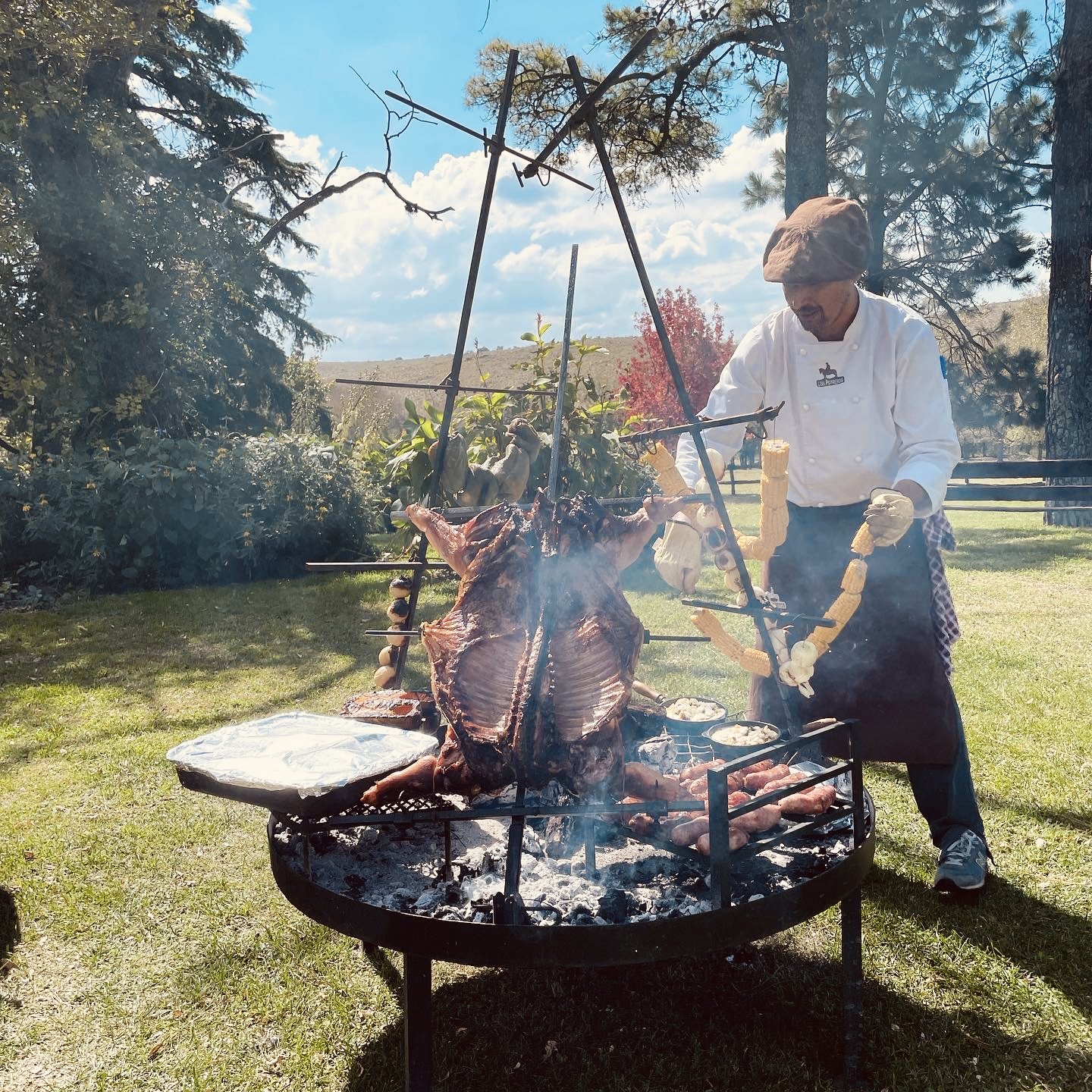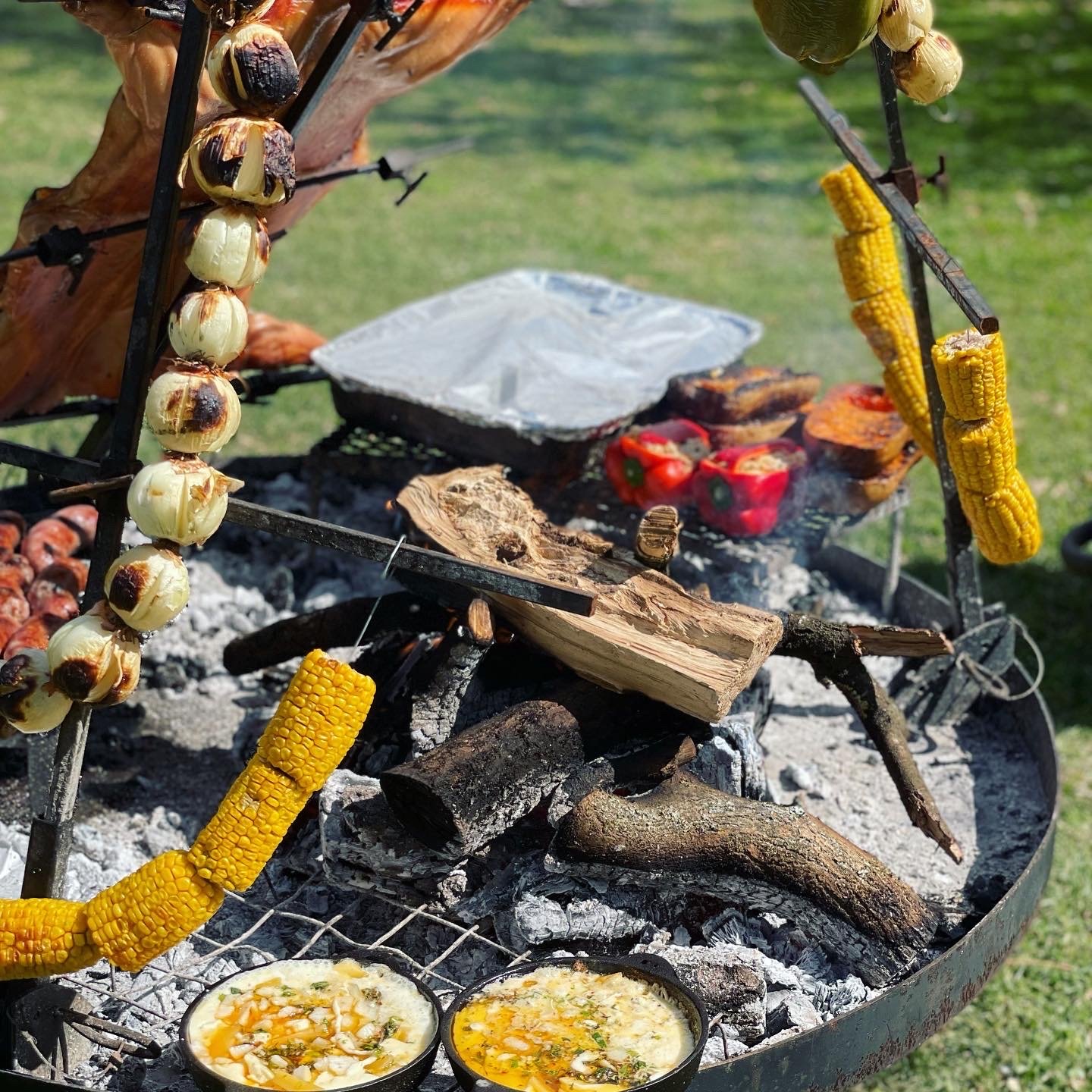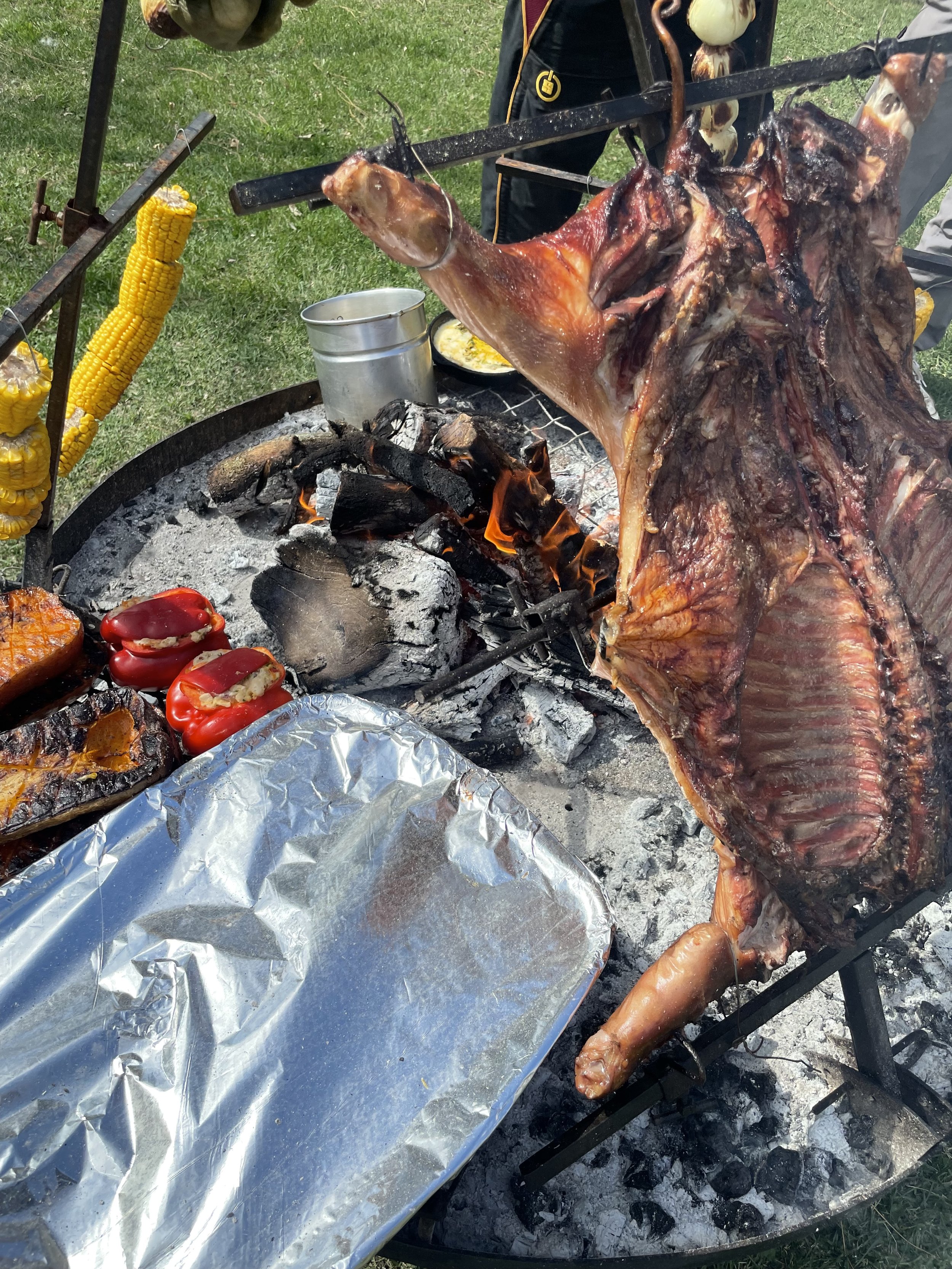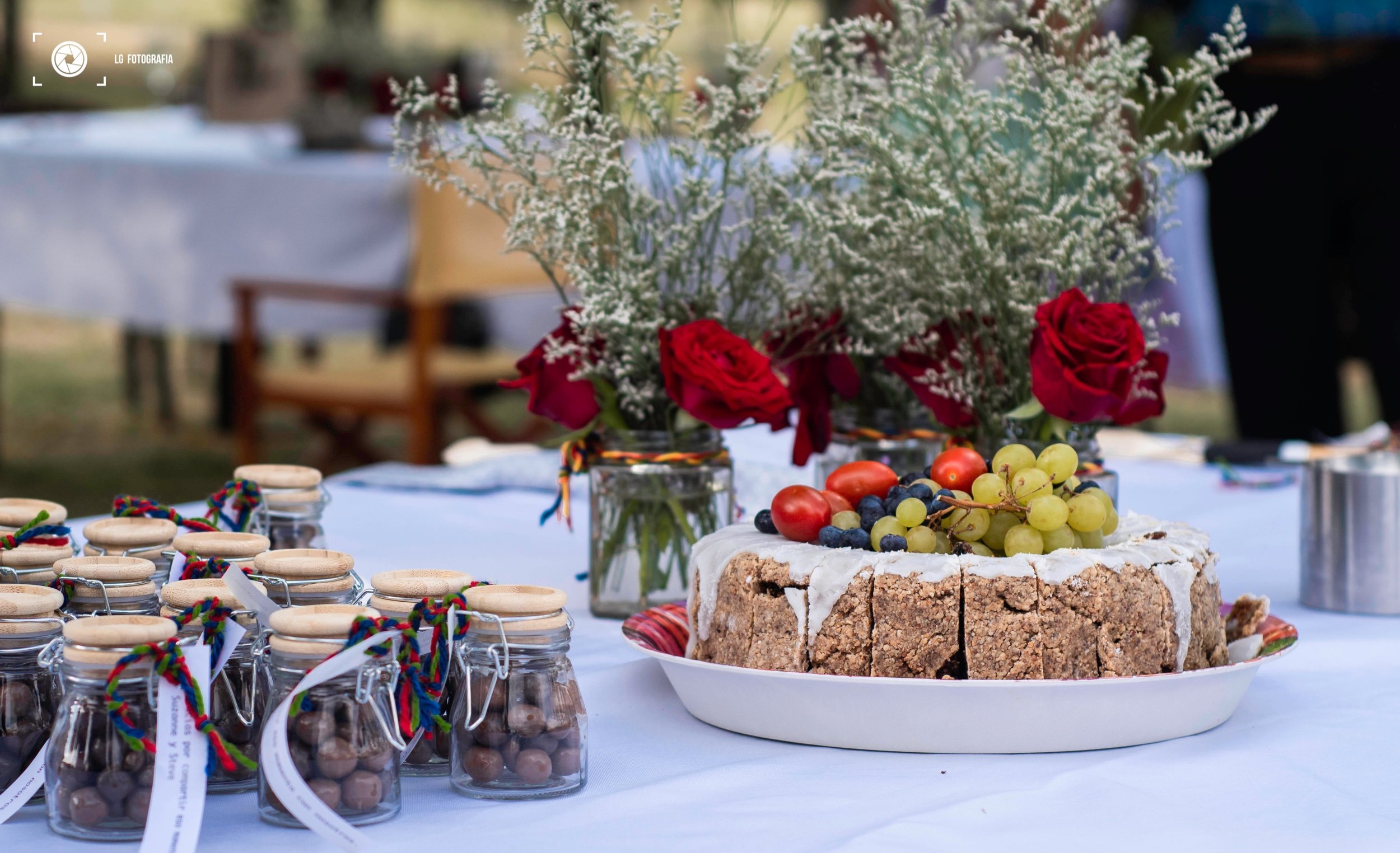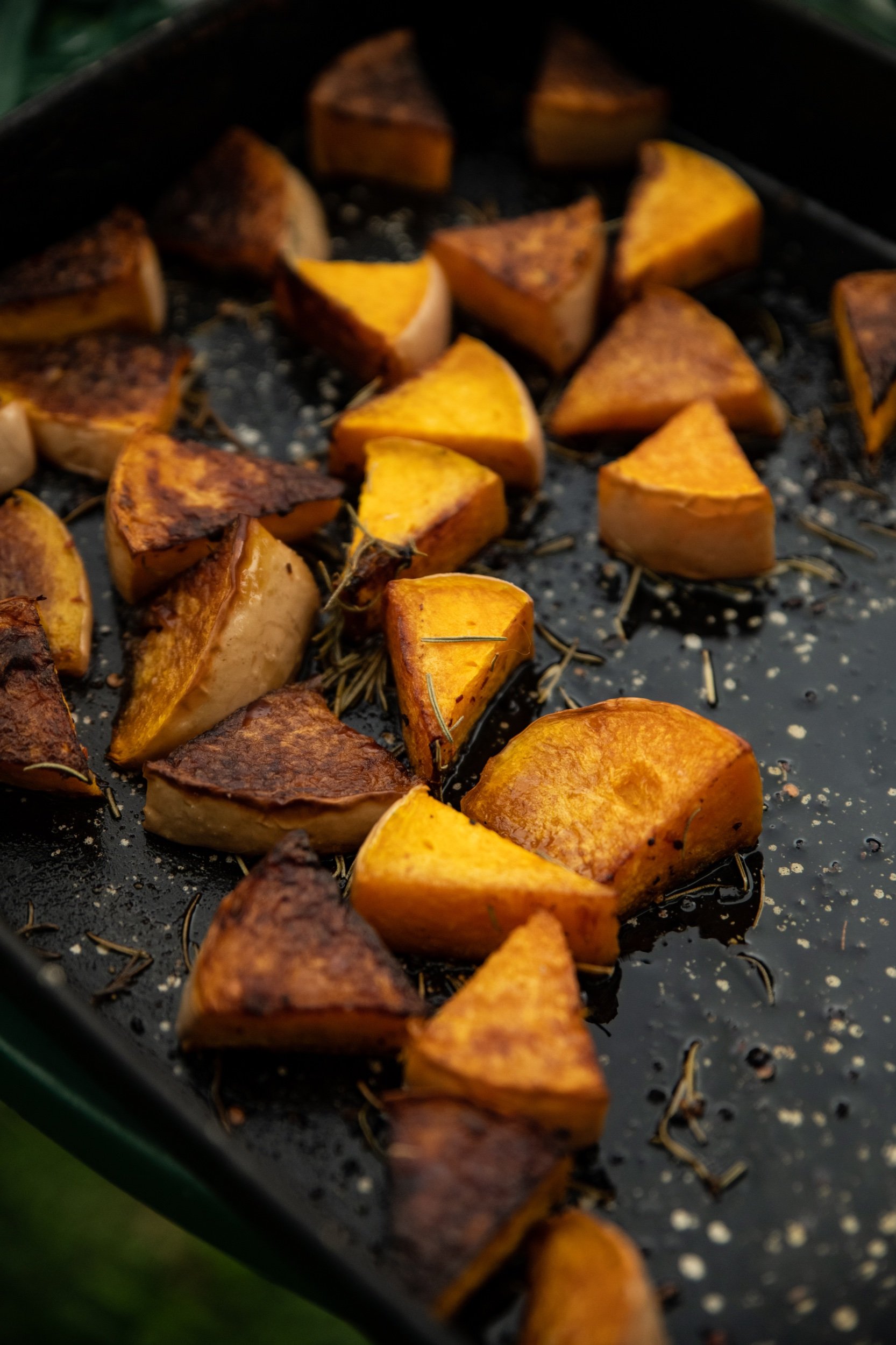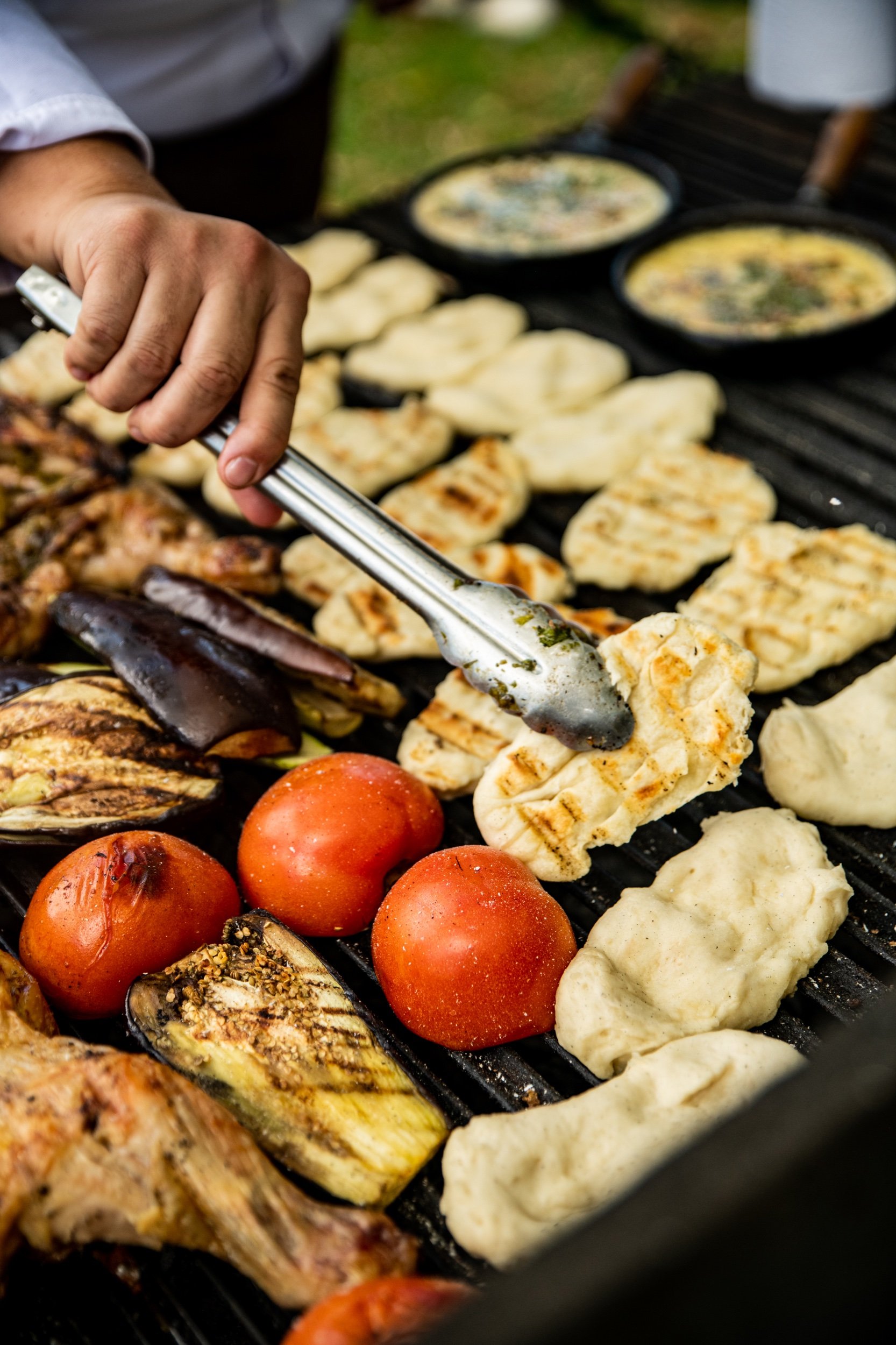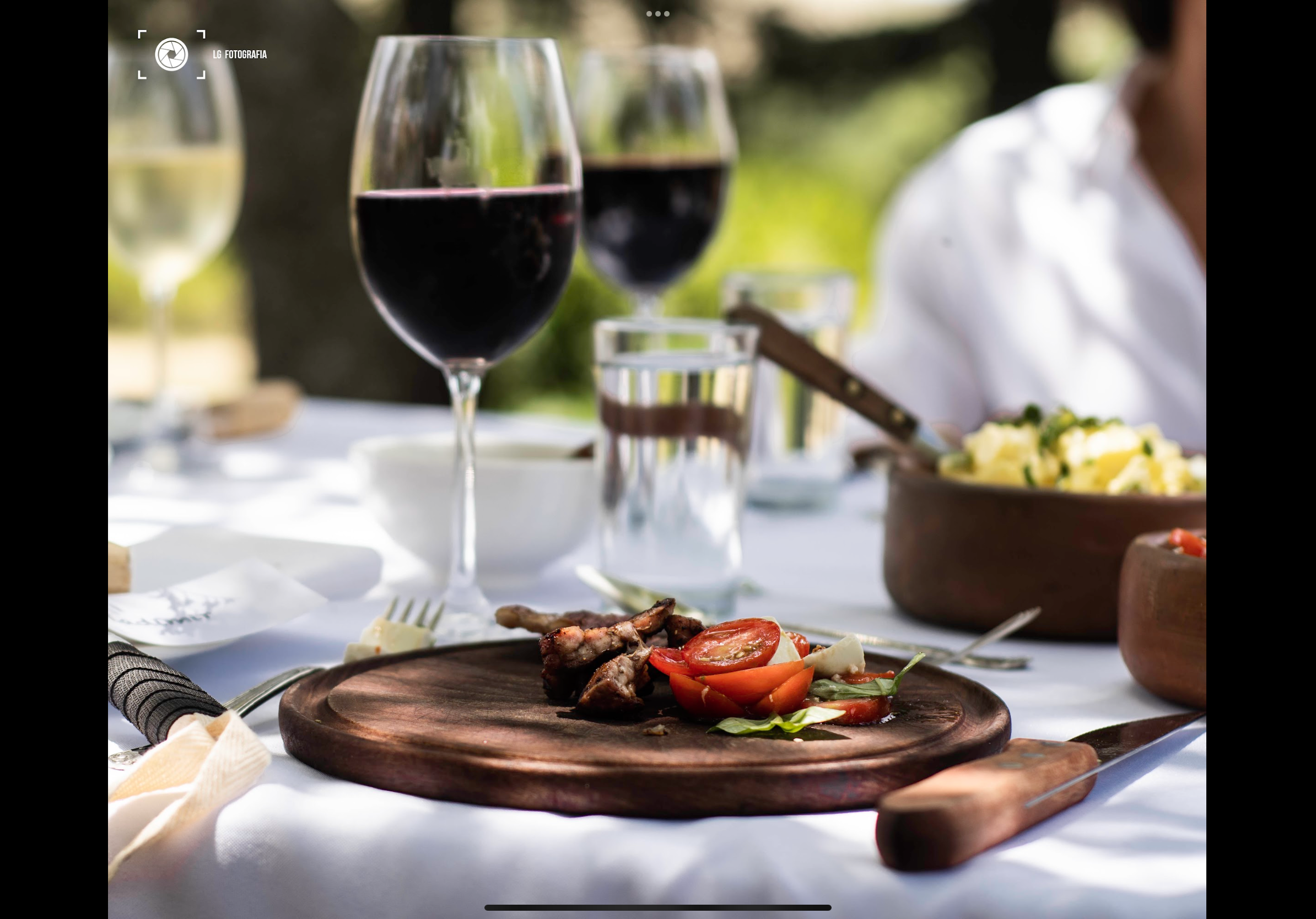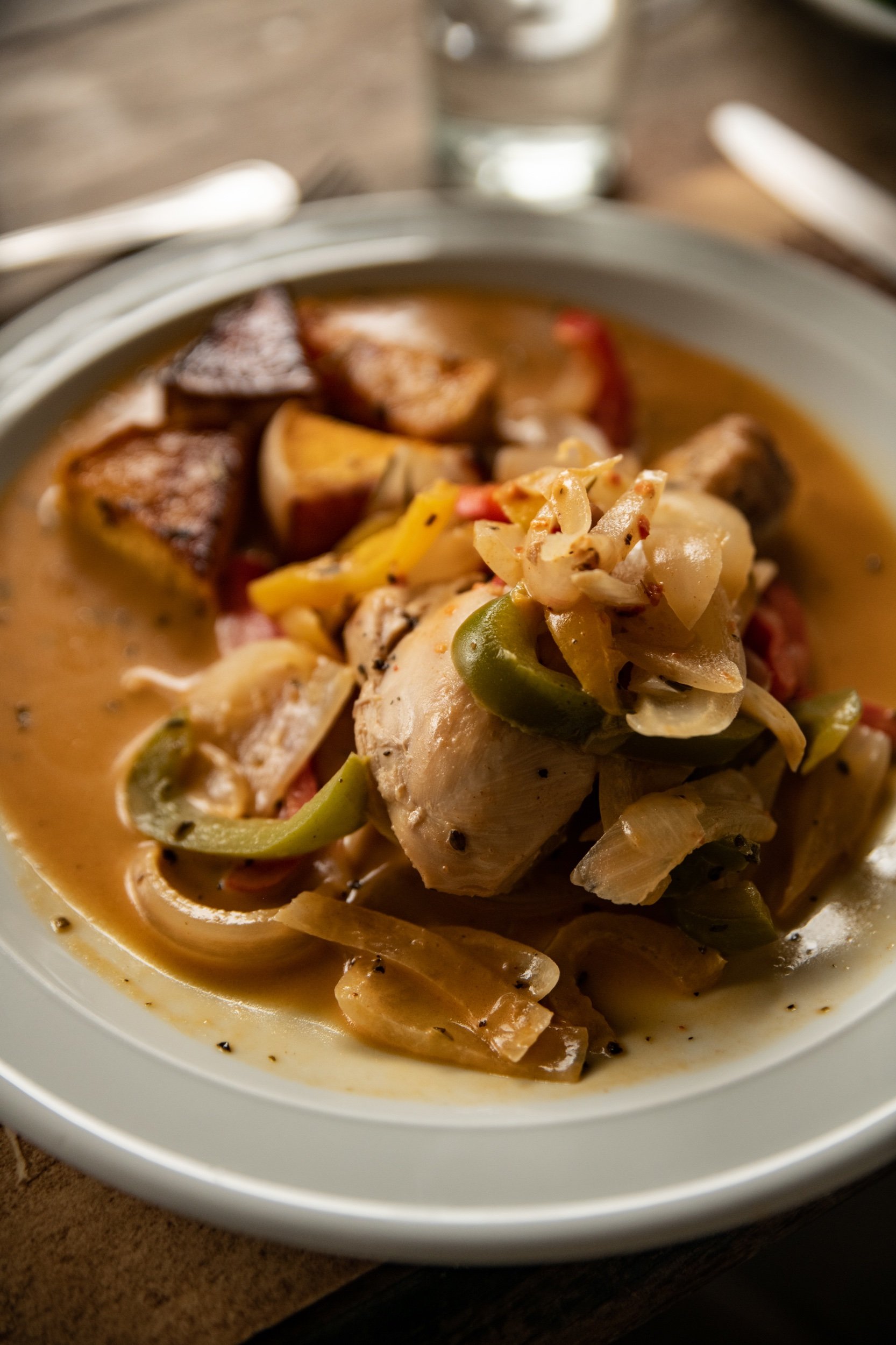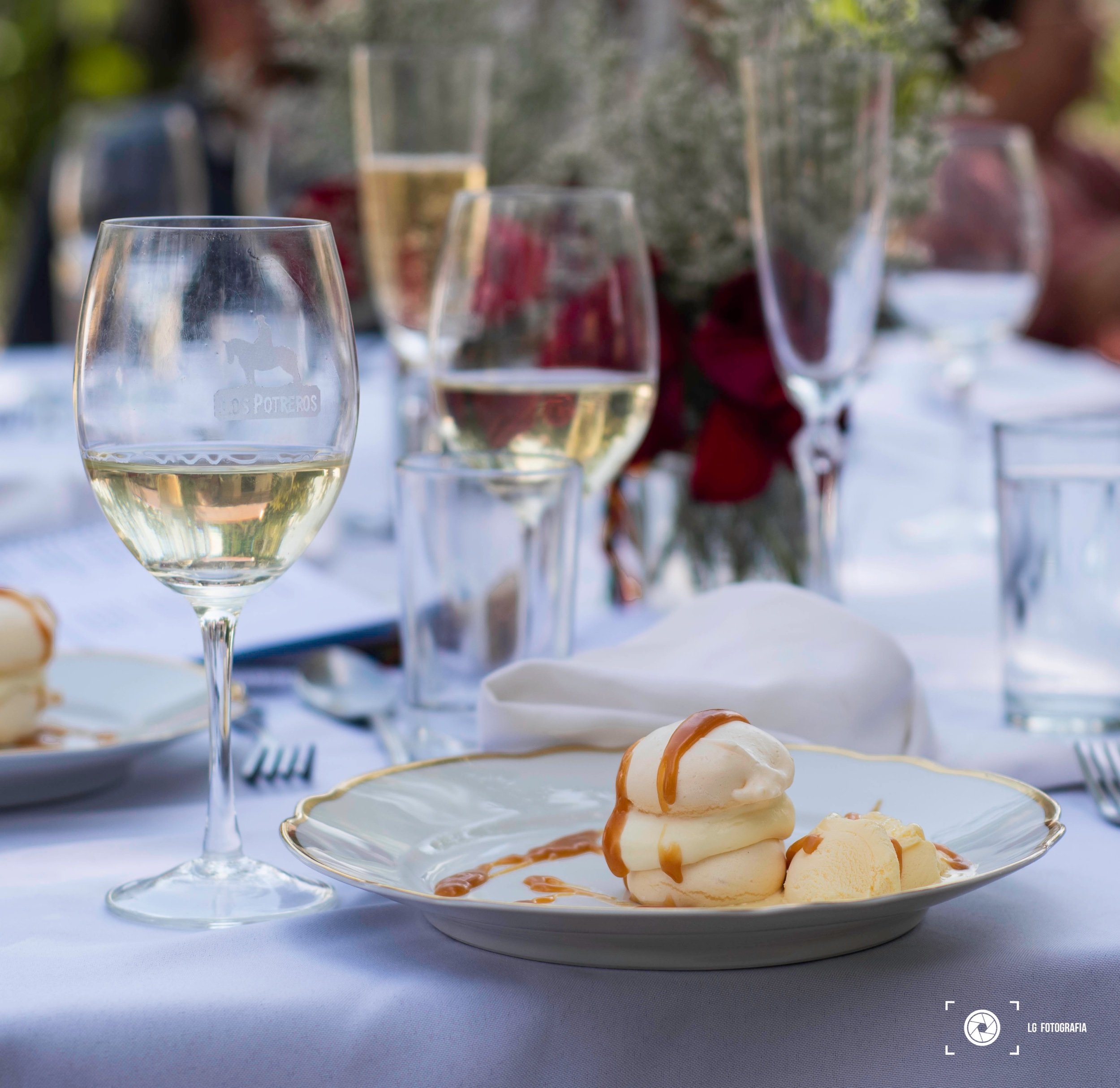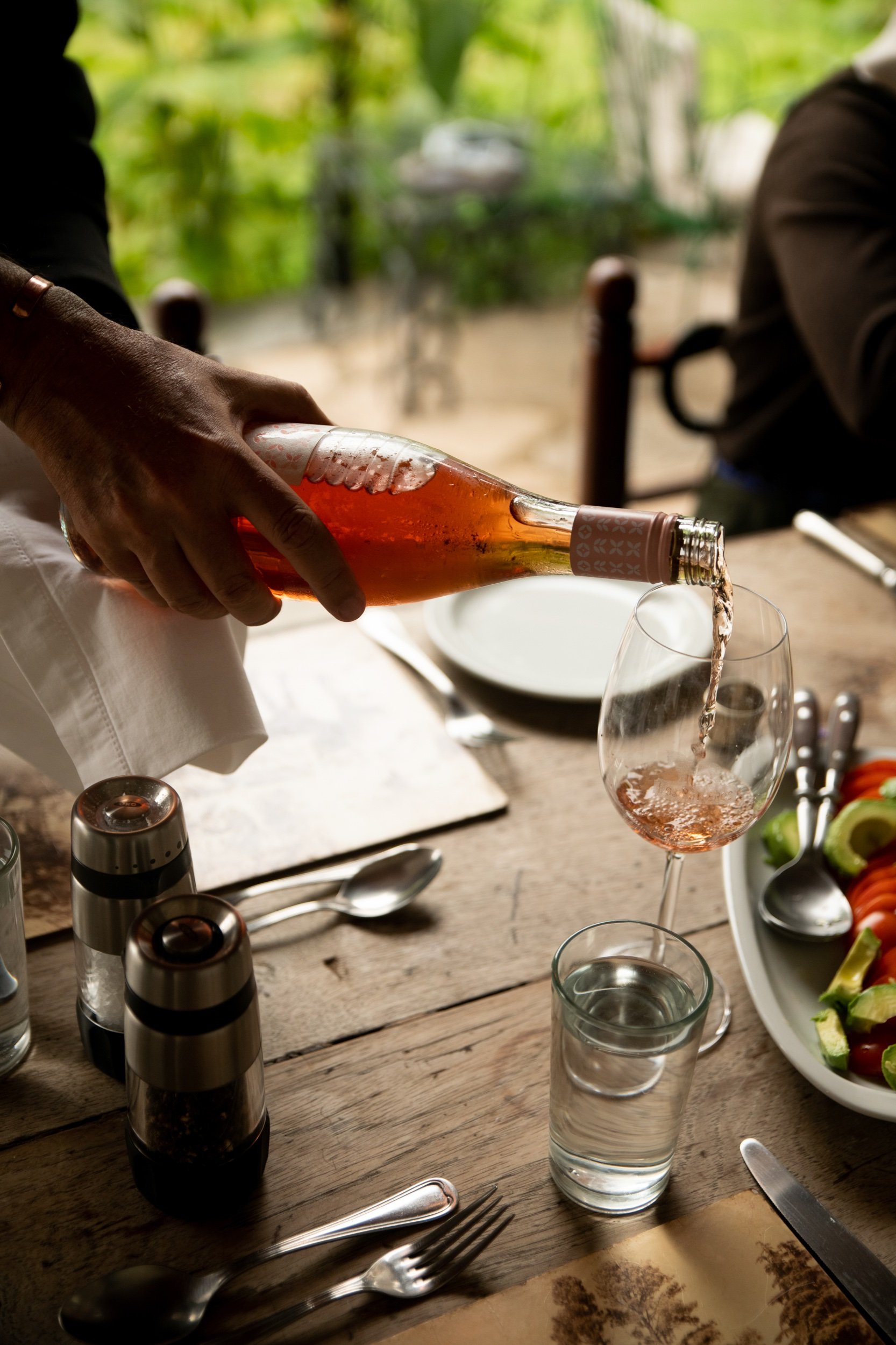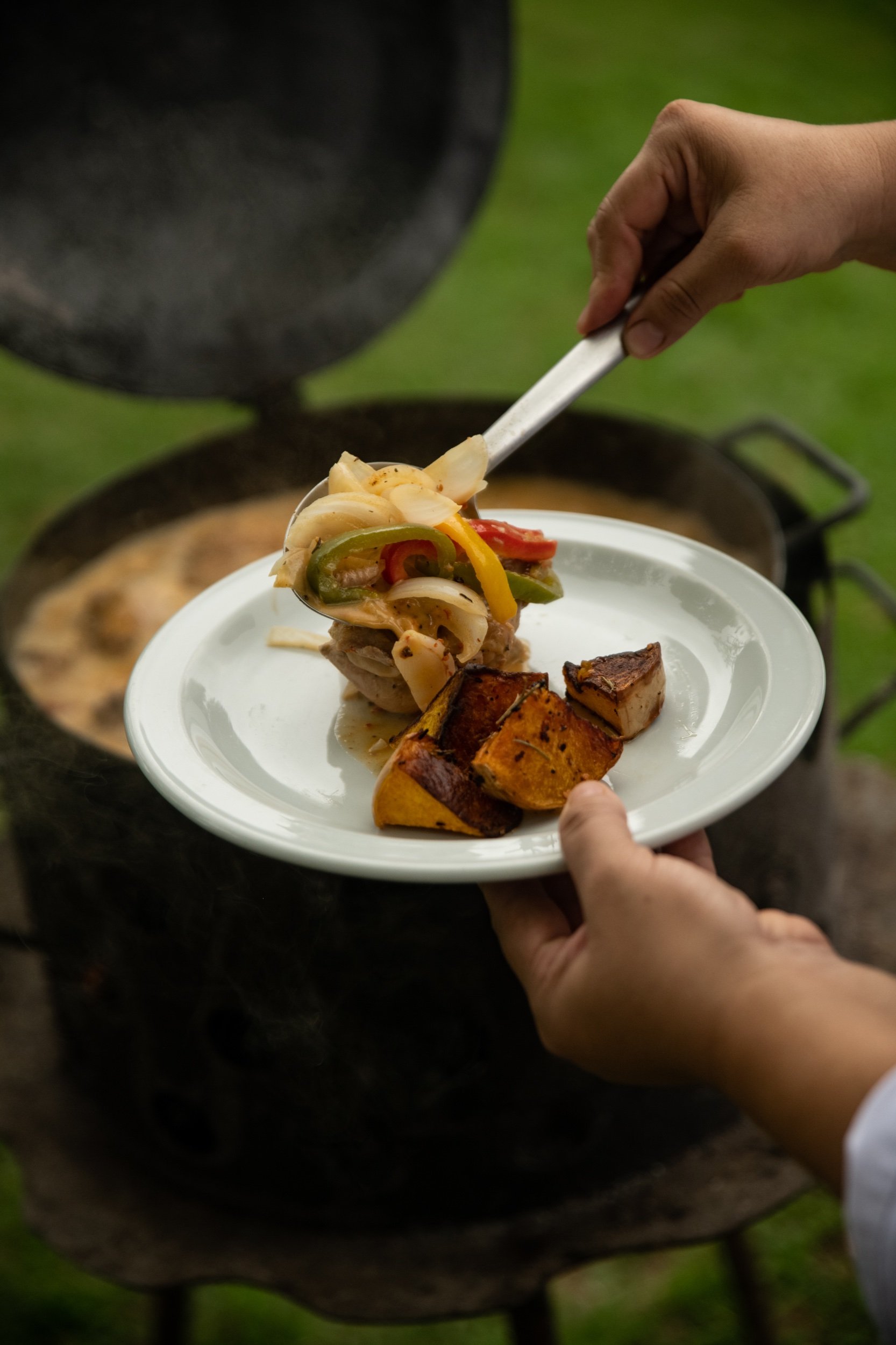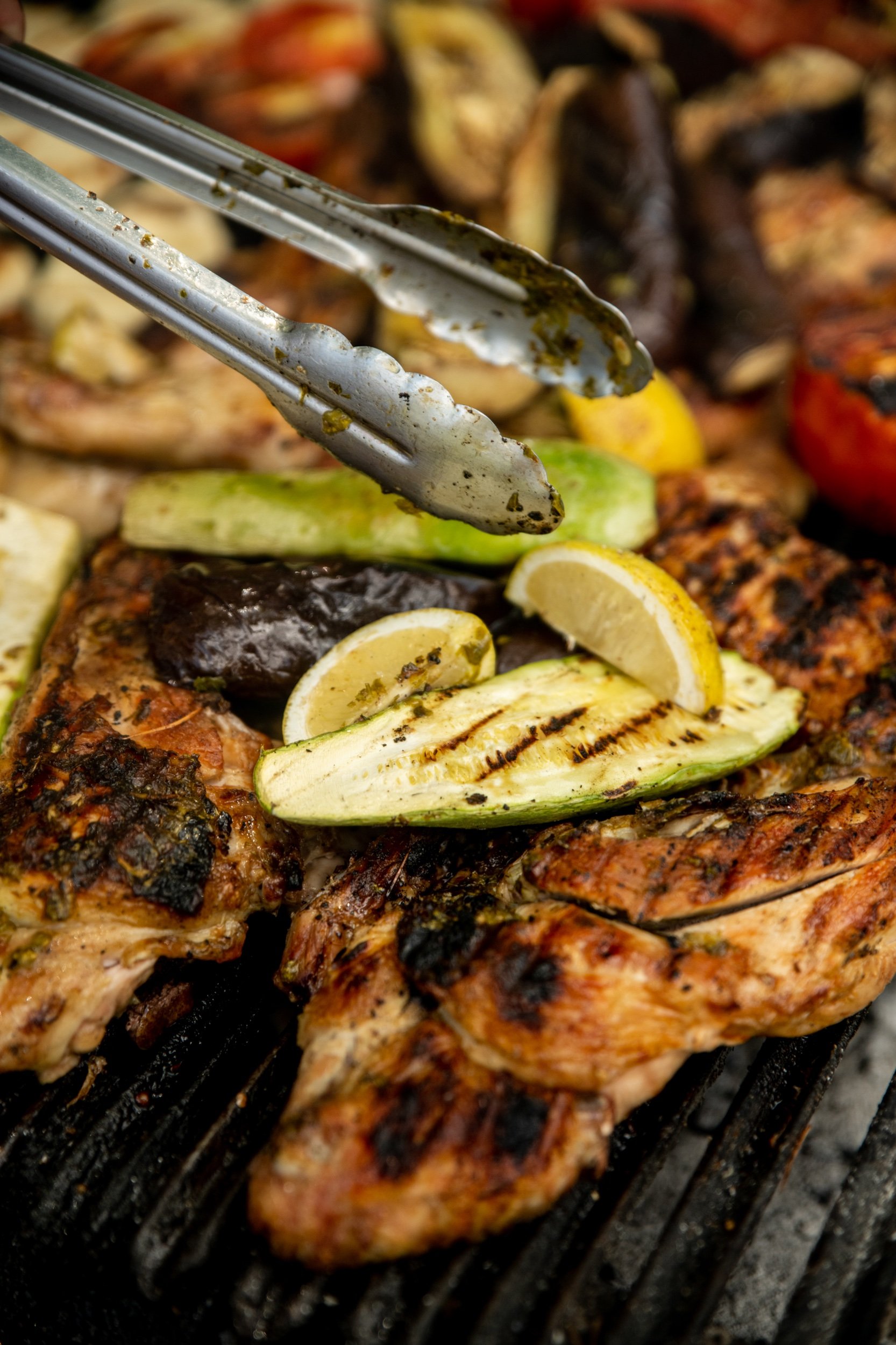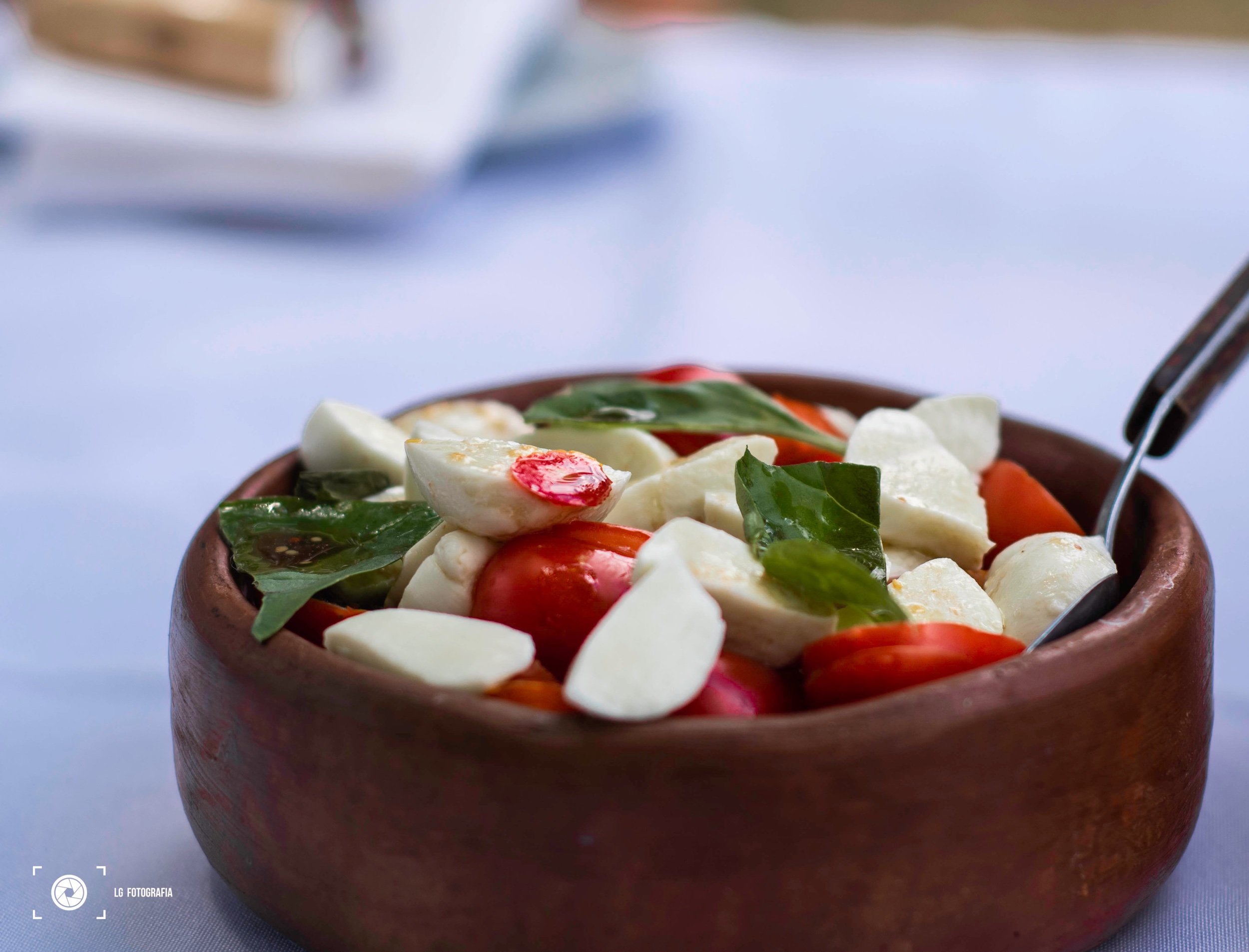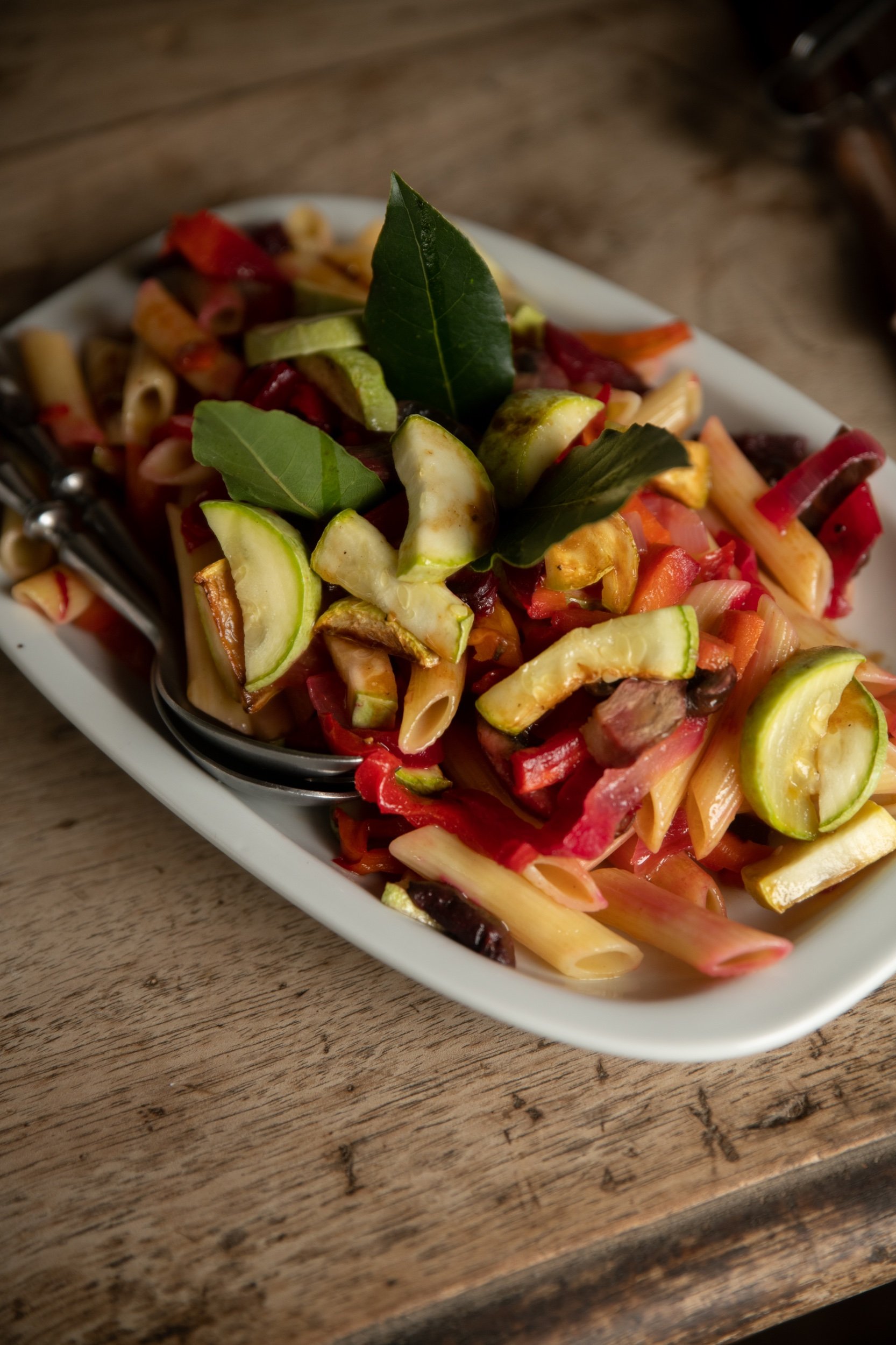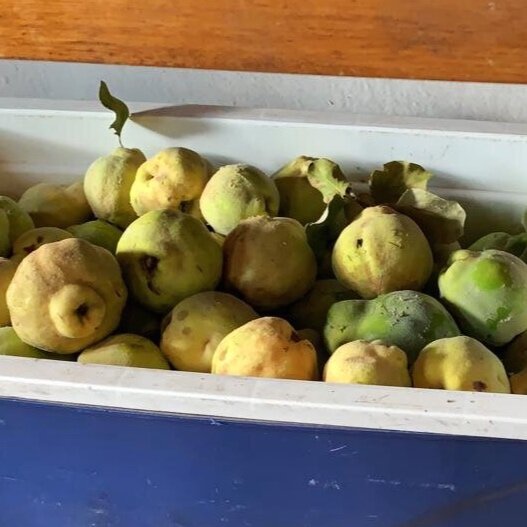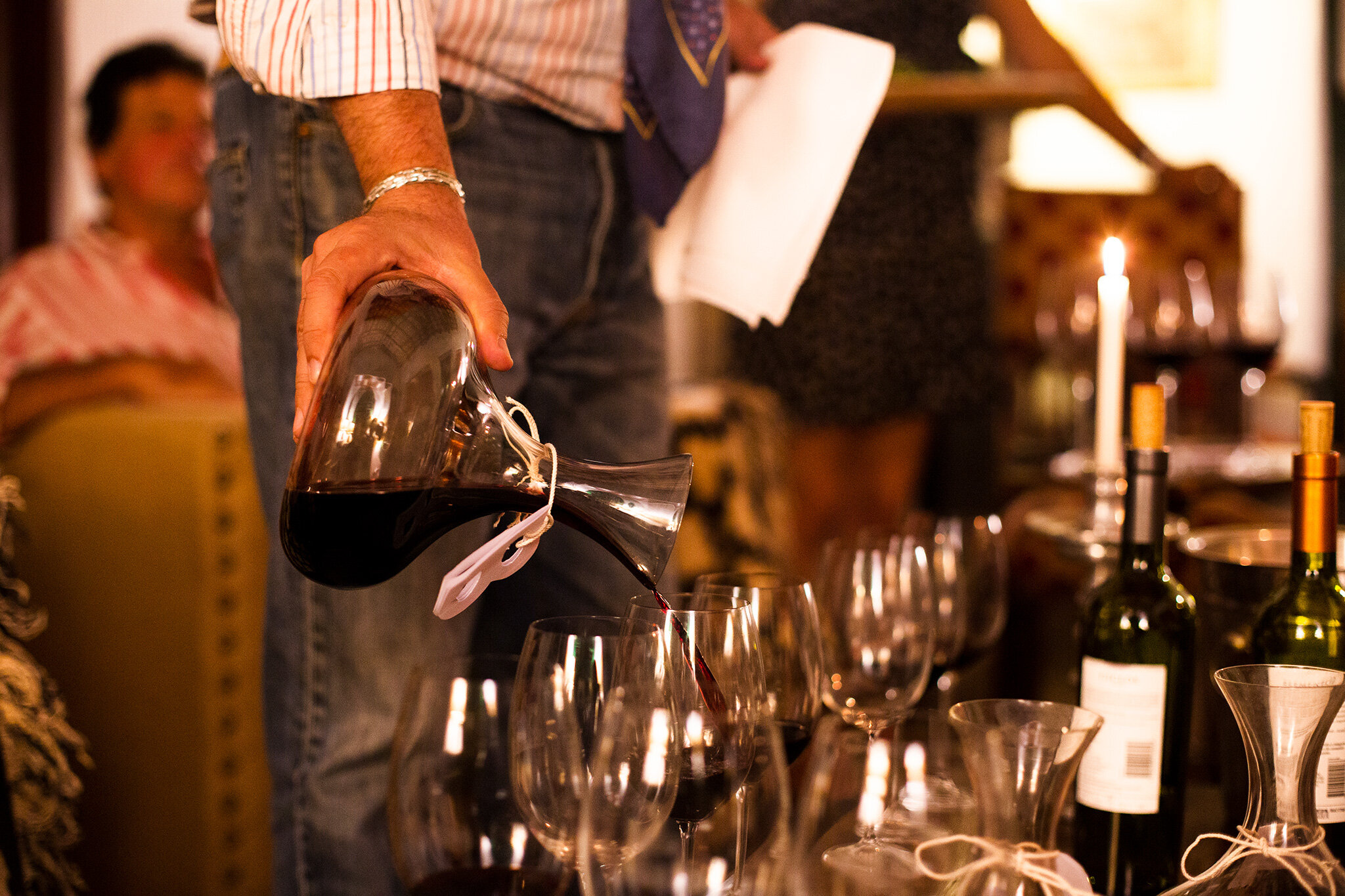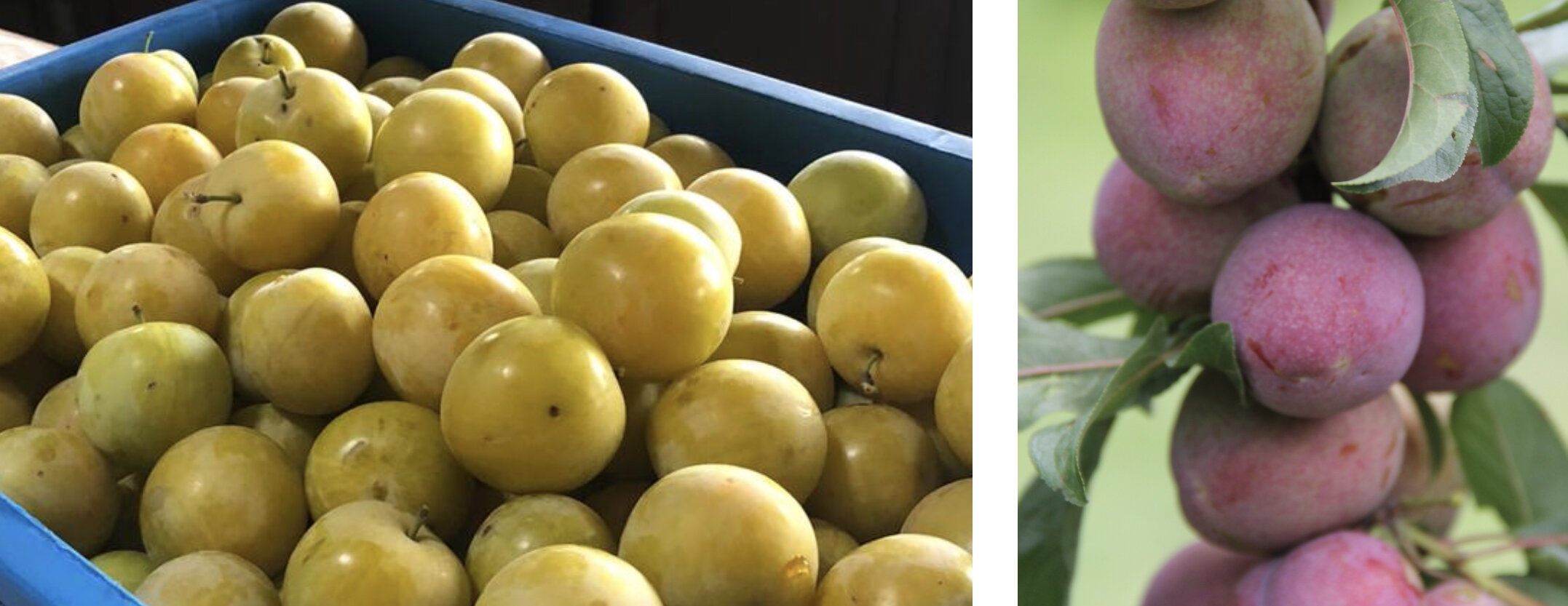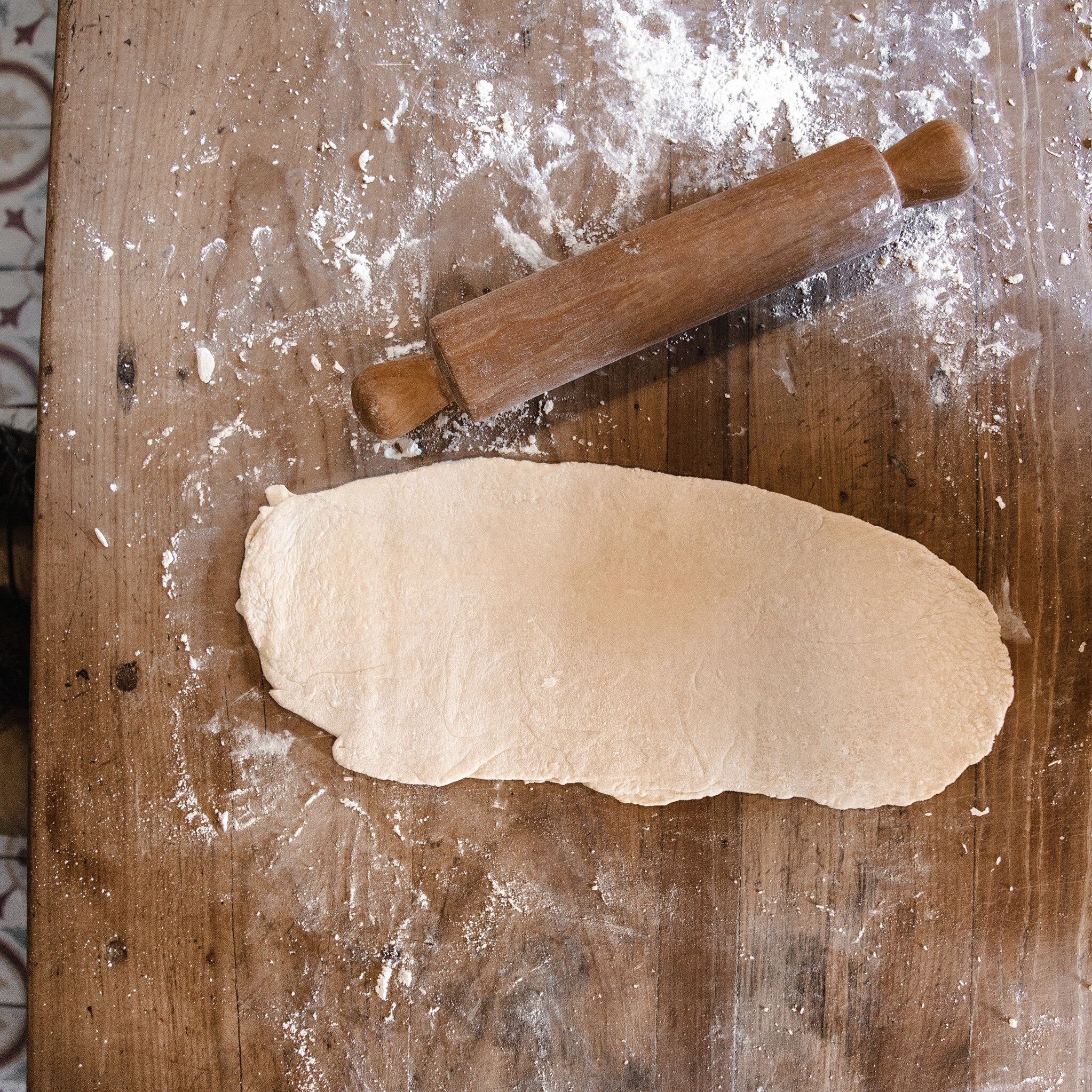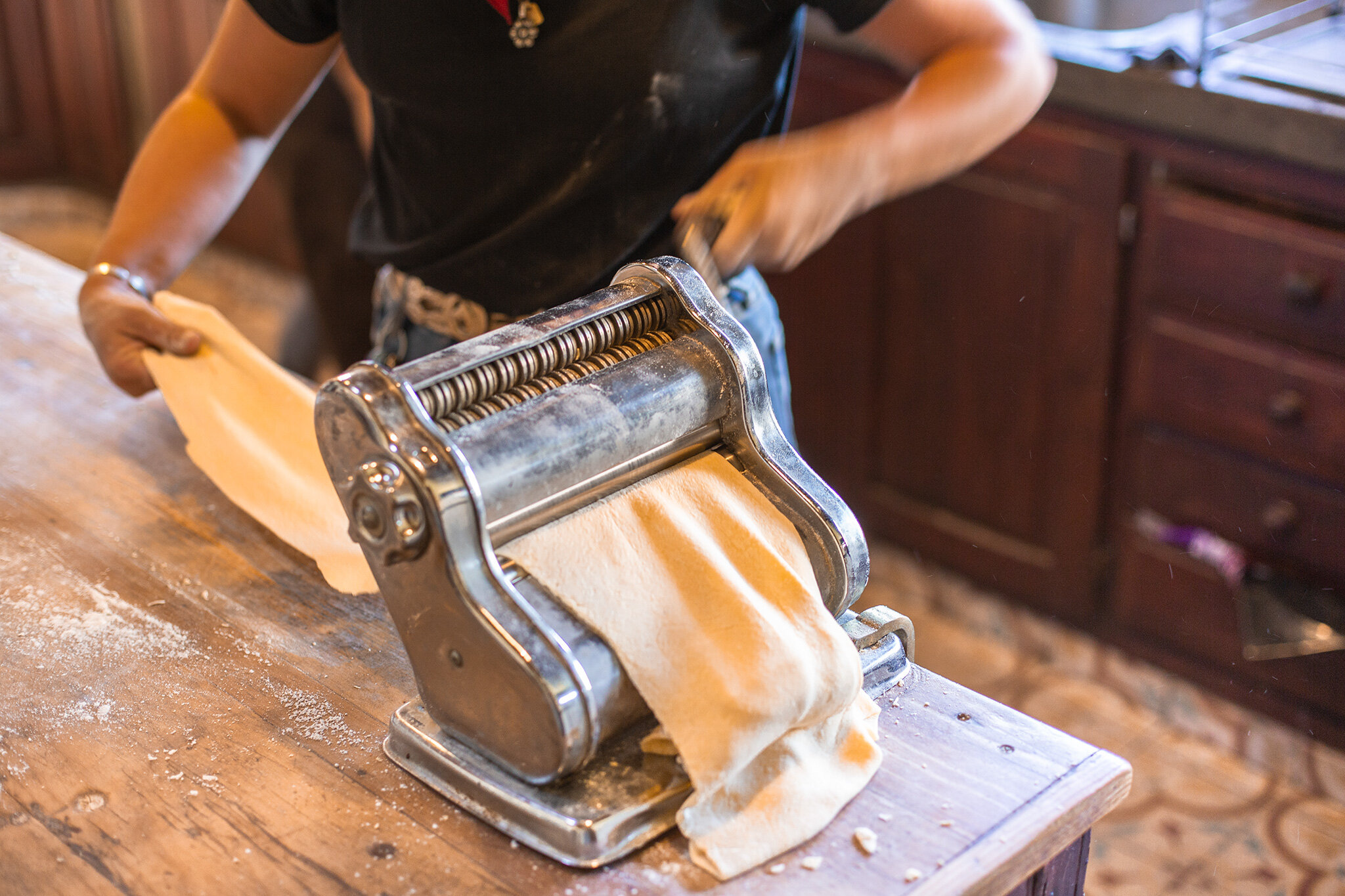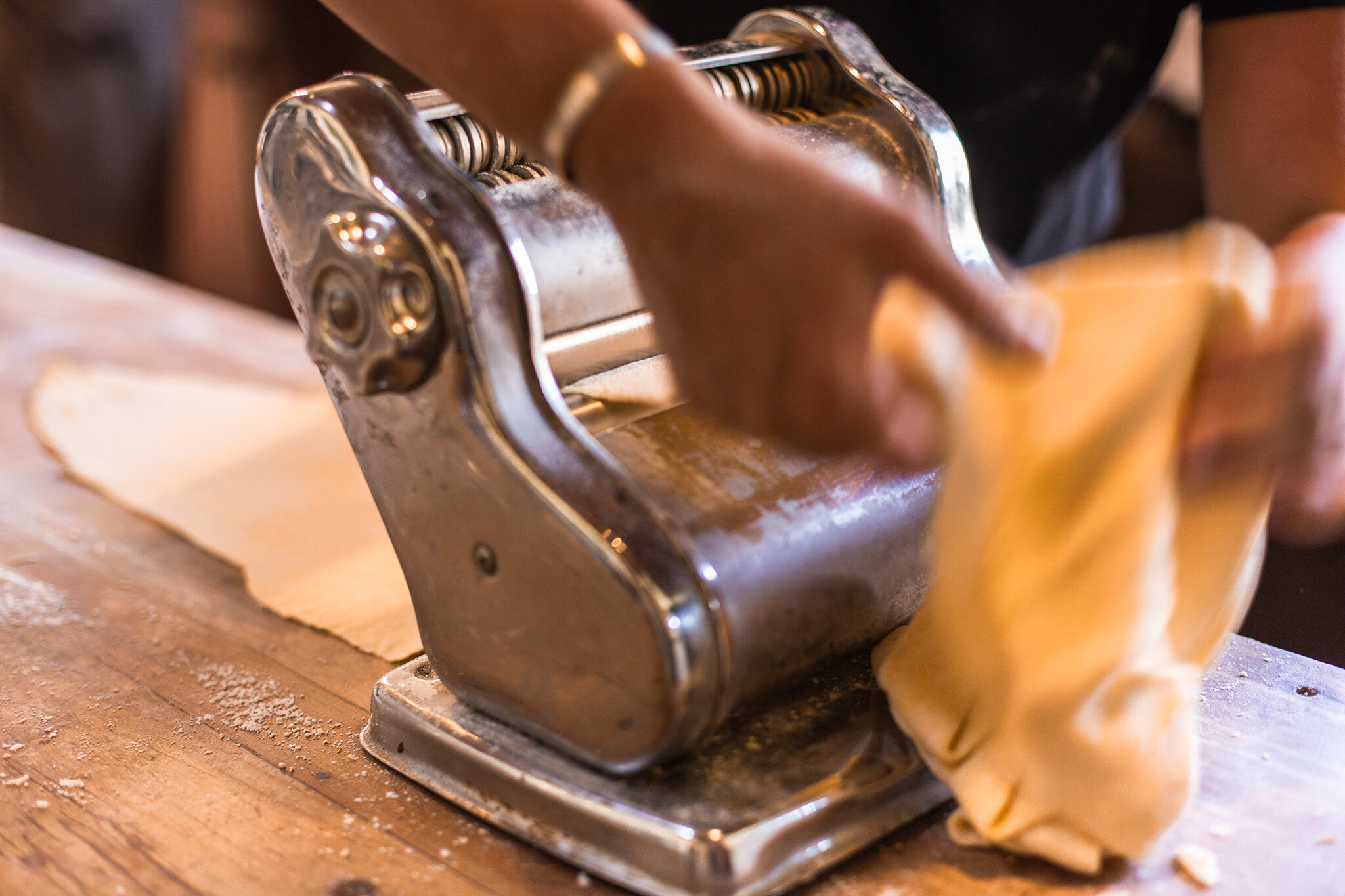The Argentine asado (or barbecue) is more than just a meal; it is an essential part of Argentine life.
The default option for celebrating birthdays, special events, and holidays, or simply just an excuse to gather with family and friends. You cannot visit Argentina without enjoying an asado. They tend to be long, drawn-out meals stretching through the afternoon and into the evening. An asado is cooking in its purest most simple form.
Argentines prepare the meat for an asado very simply; just with salt. They prefer not to use marinades. The asador will season the meat with coarse salt, but the true flavour of the asado comes from good grilling techniques and high quality beef. Most Argentines prefer their meat cooked medium well or well done and often like the fattier cuts of meat, as they typically have more flavour.
At a typical asado, at least three of the following items will be prepared. Sausages are served first, followed by other cuts of meat. The other cuts of meat could include;
Chorizo (pork sausage seasoned with salt, black pepper, garlic)
Morcilla (blood sausage)
Salchicha Parrillera (thin sausage rolled in a large spiral)
Mollejas (sweetbreads)
Tira de Asado (short ribs)
Vacío (flank steak)
Bife de chorizo (sirloin steak)
Matambre (flank)
Achuras (offal)
Chinchulines (small intestines)
Riñones (kidneys)
There may also be grilled chicken, pork or kid offered as well. At Los Potreros and across Argentina, a suckling pig is cooked on the parrilla on special occasions such as Christmas or New Year’s Eve.
Argentine asado’s are all about the meat, but there’s usually at least one or two token vegetables or non-meat dishes on offer. Provoleta, a grilled, gooey slab of cheese seasoned with fresh herbs from the garden, makes the perfect start to the meal. Potatoes, sweetcorn or bell peppers roasted also feature regularly on the Los Potreros menu.
Starting the fire with dry hard wood creates better coals. Light the fire around 11:00 for a 14:00 lunch or earlier depending on the number of coals needed for cooking and type of wood.
Keep adding wood and once you have good coals place them under the parrilla.
Cook the meat on top - it takes a long time for well cooked meat so bare this in mind. Once you have coals under the parrilla you can test to see if it is hot enough for cooking if you can hold your hand above for more than 10 seconds it needs more coals. Another sign to listen for is if you can hear the meat sizzling when you put it on the grill.




